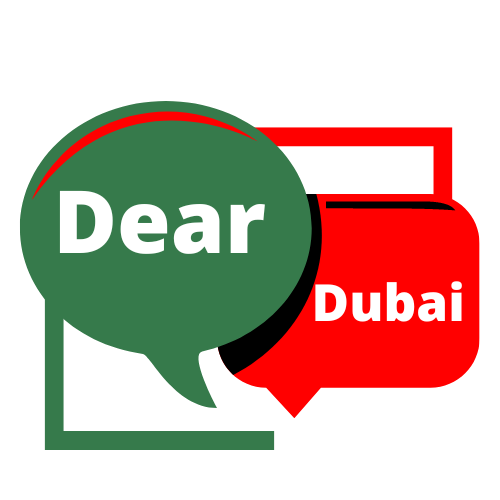Smart Cities, Smarter Travel: How Digital Solutions Are Shaping Daily Commutes in Dubai
In the bustling cityscapes of modern metropolises, the dawn of smart cities brings a transformative experience to our daily commutes. Dubai, known for its dazzling skyscrapers and futuristic ambitions, is at the forefront of this revolution, integrating digital solutions into its urban fabric to make travel not just faster but also more efficient and enjoyable. If you, like me, are intrigued by how these advancements are reshaping our urban experiences, let’s delve into this fascinating journey together.
Defining a Smart City
But first, what exactly makes a city “smart”? It’s not just about deploying technology for the sake of it. A smart city uses digital solutions to improve public services, enhance quality of life, and reduce environmental footprints. It’s about connecting different parts of the ecosystem – from traffic lights to trains – to create a cohesive, intelligent network.
The Digital Transformation of Dubai’s Transportation
Dubai’s transformation in transportation is a testament to its smart city vision. Through the adoption of AI, IoT, and big data, the city’s transit system has evolved to meet the demands of its growing population and the expectations of its tech-savvy residents and visitors.
Key Digital Solutions in Urban Mobility
In Dubai’s urban mobility landscape, various digital solutions stand out. Real-time traffic management systems, app-based services for ride-sharing, e-scooters, and digital payment platforms have all contributed to a more connected and seamless travel experience. Each solution not only eases the commute but also contributes to smarter urban planning and reduced congestion.
The Role and Benefits of Smart Cards
A central piece in this digital puzzle is the smart card. In many cities, these cards are pivotal in unifying the transport network. They simplify fare payments, reduce the need for cash, and speed up boarding times across different modes of transport – from buses to metro trains.
Case Study: No Card in Dubai
The Nol card in Dubai exemplifies this well. It’s not merely a ticket to ride the metro or buses; it’s a multi-purpose tool that can be used for payments in taxis, at parking meters, and even in some retail outlets. This multi-functionality is a hallmark of how integrated and user-centric smart city solutions can become.
Integrating Digital Solutions: More than Just Transportation
Dubai’s vision extends beyond transportation. Digital solutions in transit are integrated with broader city services. For example, data from transit apps can help in urban planning, while digital payment systems can streamline access to municipal services, indicating the interconnectedness of the smart city ecosystem.
Future Trends and Innovations in Smart City Commutes
Looking ahead, the future of smart city commutes in Dubai beams bright with potential. Imagine autonomous drones ferrying commuters across the skyline, or AI-powered traffic systems that predict and manage flow to reduce congestion even before it forms. These aren’t far-fetched ideas but are fast becoming realities.
Challenges and Considerations
Of course, the road to a fully integrated smart city isn’t without its bumps. Issues such as data privacy, cybersecurity, and ensuring equitable access to these technologies are critical considerations. Balancing innovation with inclusivity remains a challenge that cities like Dubai continue to navigate.
Conclusion
As we embrace these exhilarating changes, our daily commutes are becoming not just a routine journey from point A to B, but an integral part of our smart, connected lives. Dubai’s ambitious drive towards becoming a smart city is not only enhancing the way we travel but is also setting a global benchmark for urban living. And as we move forward, it’s exciting to think about how these digital solutions will continue to evolve and shape our experiences in the smart cities of the future. Let’s keep our eyes on the horizon and our minds open to the possibilities that lie ahead in our smarter, more connected travels.




